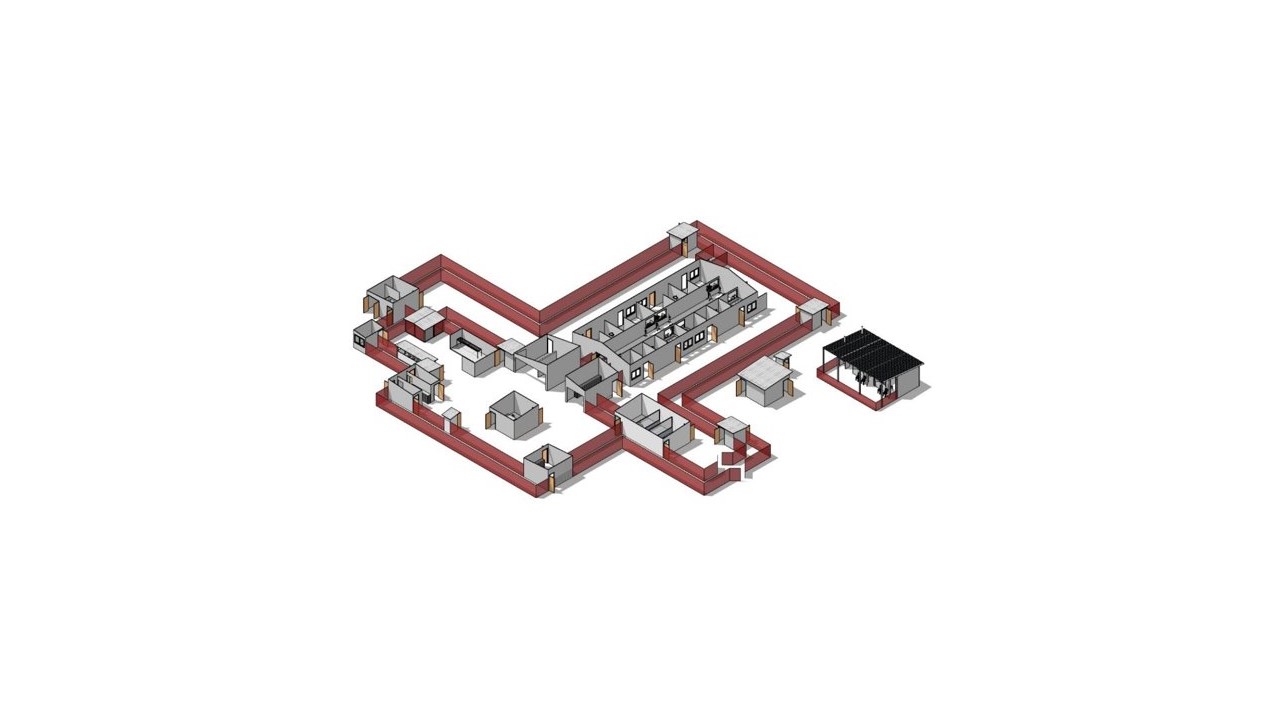
Ebola clinical management
Ebola virus disease (EVD) is a life-threatening disease caused by Ebola virus, with a pooled case fatality rate of 60% in outbreaks from 2010-2020. The clinical management and operations unit is supporting the delivery of patient centred, individualized critical care to reduce the case fatality of EVD through three key interventions.
Therapeutics for EVD
Optimized supportive care
Safe, patient-centred Ebola treatment centres
Ebola virus disease resources
Key publications

Infection prevention and control guideline for Ebola and Marburg disease, August 2023
Ebola and Marburg disease outbreaks remain important public health threats. The newly published WHO Infection prevention and control guideline...

Recovery toolkit: supporting countries to achieve health service resilience: a library of tools and resources...
The overall goal of this Toolkit is to support countries in the reactivation of essential health services in the aftermath of a public health emergency....

In light of the decline in new Ebola cases, strategies are now needed to scale down the activities and bed capacities in Ebola care facilities. These facilities...

Posters with detailed instructions for health-care professionals on how to remove personal protective equipment (PPE) before and after visiting a treatment...

Posters with detailed instructions for health-care professionals on how put on and how to remove personal protective equipment (PPE) before and after visiting...










